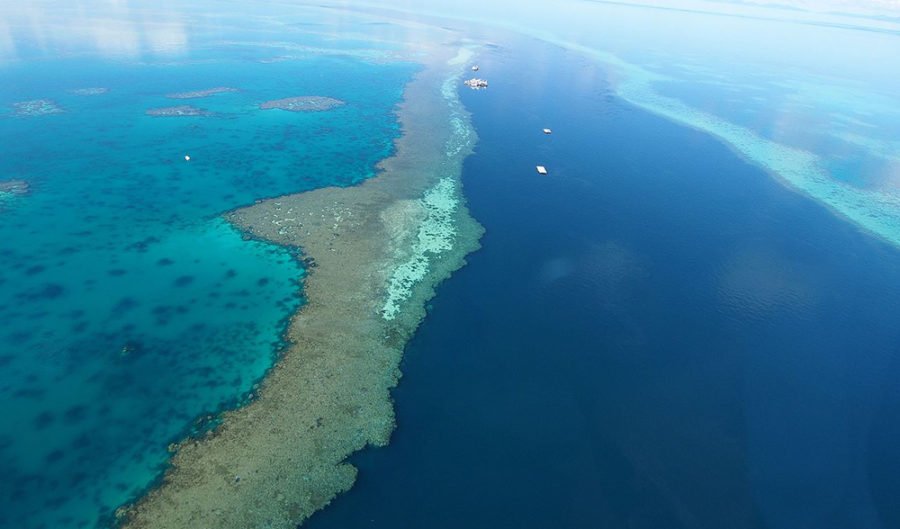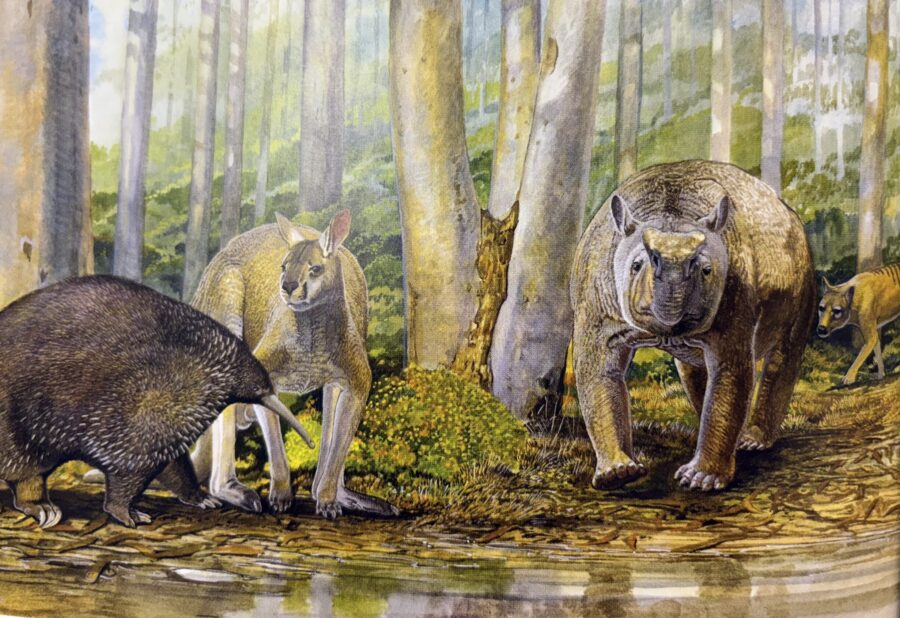Breakdown: the state of the Great Barrier Reef in 2017

THE GREAT Barrier Reef is being transformed at such a rapid pace it can often be hard to keep up. Back-to-back bleaching events, poor water quality, cyclones, climate change — all continue to stress the reef. Some argue it’s to the point of no return. With the help of scientists from the ARC Centre of Excellence for Coral Reef Studies, Australian Geographic breaks down all the major stresses that have hit the Great Barrier in 2017 . . . so far.
1. The 2017 bleaching event
The 2017 bleaching event, which saw two thirds of the reef devastated, was one of the worst-ever recorded on the Great Barrier Reef, second only to the bleaching event that occurred in 2016. The extent of the damage is still being assessed. Morgan Pratchett, a coral reef ecologist with the ARC Centre of Excellence for Coral Reef Studies explained that unlike the 2016 bleaching, the 2017 event impacted the reefs around Cairns, between Townsville and Lizard Island, which experience intensive tourism activity.

2. Adani Coalmine
Jon Brodie, a water quality expert at the ARC Centre of Excellence for Coral Reef Studies told AG that the Adani coalmine will have negative impacts on the Great Barrier Reef, mostly due to further increases in greenhouse gas emissions, but also damage through port and shipping impacts, which will have negative consequences for the terrestrial biodiversity of the reef. Coral reef experts overwhelmingly agree that federal and state governments should not allow for the expansion of coal mining for this reason.
3. Dead coral becomes an unavoidable sight
Late last month, Port Douglas tourism operator John Edmondson told the Guardian it was becoming harder to avoid exposing visitors to dead coral following the severe damages to key tourist areas. He fears that tourists will soon doubt the value of seeing the Great Barrier Reef, believing it to be too far gone. However, Morgan Pratchett notes that despite the recent degradation, there’s still the opportunity to see some of the major draw cards for national and international tourists, such as turtles and whales.
4. The Reef 2050 plan
Since its inception in 2015, the Reef 2050 plan has received fierce criticism from coral reef experts, mostly for the plan’s failure to acknowledge the threats of climate change. Most recently, the new water quality management scheme—of critical importance to achieving the goals of the 2050 plan, was criticised by Jon Brodie, who said that the new plan for water management is inadequate. He added that the state government has been proactive with regard to the reef, but he anticipates that the upcoming state election may lead to the abandonment of the reef as a priority.

Inputs in developing the Reef 2050 Long-Term Sustainability Plan. (Image Credit: Queensland Government)
5. The Great Barrier Reef avoids ‘in danger’ status from UNESCO
In July this year UNESCO decided for a second time that the Great Barrier would not be listed as ‘in danger’. Coral reef experts have mixed opinions on this. Jon Brodie explained that there are positives to maintaining the reefs evaluation status as this forces the Australian Government to report on the reef’s progress. This is even though the reports are misleading and incorrect in most ways, Jon added.
6. The Reef is valued at $56 billion
In June, results from an analysis by Deloitte Access Economics concluded that the economic, social and icon assets value of the Great Barrier Reef is approximately $56 billion. Additionally, economists found that the reef added $6.4 billion annually to the Australian economy and provided 33, 000 jobs just within Queensland. Some were hopeful this would put an end to ‘economics vs the environment’ arguments, however coral reef experts say that investment in management and conservation of the reef remains restricted.

(Image Credit: Deloitte Access Economics)
7. Cyclone Debbie
Cyclones have a devastating effect on the health of the Great Barrier Reef. In March this year, Cyclone Debbie caused varying levels of damage along a path up to 100km wide, centred on the Whitsunday region. Quantitative data of the damage is yet to be published but scientists from the ARC Centre of Excellence for Coral Reef Studies confirmed that coral loss was extensive and severe. Morgan Pratchett explained that events such as Cyclone Debbie cause debris to fall over coral, literally smothering them. “There is limited prospect of any recovery until these sediments are cleared or consolidated,” Morgan said.
READ MORE:
- The corals of the Great Barrier Reef.
- In pictures: a close-up view of the Great Barrier Reef’s bleaching.




